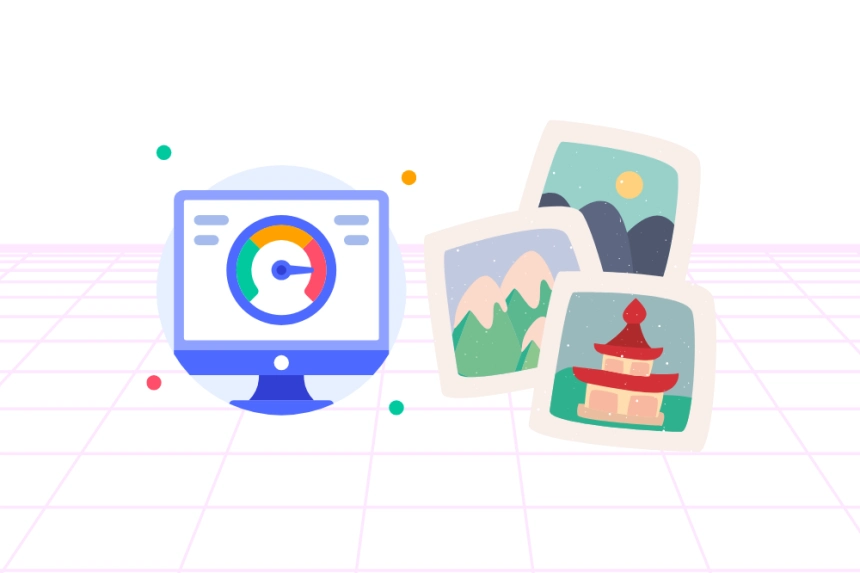How to Optimize Your Images for SEO and Improve Your Site Speed


Image optimization is a crucial aspect of SEO that is often overlooked. Images not only enhance your content, but they can also significantly affect the loading speed of your website. In this article, we will show you how to optimize your images to improve your SEO and site speed.
Why is Image Optimization Important?
SEO Improvement
Image optimization contributes to SEO in several ways:
- Improved Loading Time: Large images can slow down site loading, which affects user experience and search engine ranking.
- Correct Indexing: Search engines like Google can index images if they are properly optimized, which can drive additional traffic to your site.
Site Speed
Site speed is a crucial factor for user experience. A slow site can lead to high bounce rates, negatively impacting both SEO and conversion rates.
Steps to Optimize Your Images
1. Choose the Right Format
There are several image formats, each with its advantages and disadvantages:
- JPEG: Ideal for photographs and images with many colors. It compresses files, reducing size without significant quality loss.
- PNG: Better for images with transparencies and simple graphics. They tend to be larger than JPEGs.
- WebP: A modern format that offers superior compression. While it’s not compatible with all browsers yet, it is gaining popularity.
2. Resize Your Images
Before uploading an image to your site, ensure it is resized to fit your design needs. You can use tools like Adobe Photoshop, GIMP, or online services like Canva to resize and edit images.
3. Compress Your Images
Image compression reduces file size without sacrificing too much quality. Tools like:
- TinyPNG
- JPEGmini
- ImageOptim
will help you reduce the size of your images before uploading them to the site.
4. Use Alt Text
Alt text is crucial for SEO. It should accurately and concisely describe the content of the image. This not only improves accessibility but also helps search engines understand the context of the image.
5. Name Your Files Descriptively
The file name is another opportunity to include relevant keywords. Instead of "IMG_1234.jpg", use "red-running-shoes.jpg".
6. Implement Lazy Loading
Lazy loading is a technique that delays the loading of images that are not visible on the screen at first. This improves the initial page loading speed and can be easily implemented with JavaScript alternatives or plugins (in WordPress, for example).
7. Ensure Your Server Provides Good Performance
Sometimes, slow image loading can be related to the server you are using. Make sure your hosting provider is reliable and offers good performance.
Useful Tools for Image Optimization
Plugins for WordPress
If you use WordPress, there are several plugins that can make optimizing your images easier, such as:
- Smush
- EWWW Image Optimizer
- ShortPixel Image Optimizer
These plugins can automate much of the process, allowing you to focus on content.
Online Resources
Some online tools are very useful for optimizing images without needing installation:
Conclusion
Optimizing your images not only improves your site's SEO but also increases loading speed, which is essential for providing a good user experience. Applying the strategies mentioned in this article can lead to significant results in your site's performance.
FAQs about Image Optimization
What is the ideal size for images on a website?
There is no one-size-fits-all, but images under 100 KB are generally recommended to achieve a balance between quality and speed.
Can I use high-resolution images on my site?
Yes, but make sure they are properly compressed and resized to not affect loading speed.
Is the WebP format better than JPEG or PNG?
The WebP format offers better compression than JPEG and PNG, but ensure that your users can view them properly.
By following these steps, you can correctly optimize your images and improve both your SEO and site speed. Start today!






